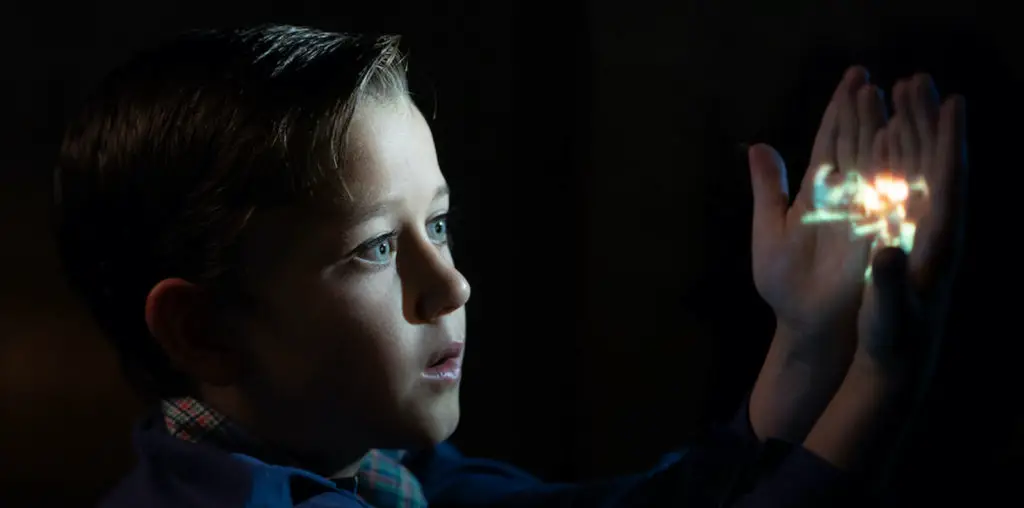
This review was originally published on February 6, 2011…
Beginning as a short film, T. Sean Durkin’s enthralling tale of a young woman entering and exiting a religious cult progressed into a captivating debut feature. Newcomer Elizabeth Olsen plays the titular character, Martha, whose story is told through two parallel narratives crosscutting with one another. In the first, she’s introduced to a new family who lives on a farm, doesn’t question her about her past and, on the surface, appear to be good, simple people. In the second, Martha, has rejoined the remnants of her original family—her sister Lucy (Paulson) and Lucy’s husband Ted, as she begins to undo the abuse and brainwashing that she’s endured on the farm.
The film opens with a few static shots of the cult family’s eating habits and the viewer immediately understands enough about the “family’s” dynamics to make the subsequent chase scene terrifying. As Martha makes her escape—scrambling through the woods—the framing of the subject mixed with the absence of a stabilized camera, makes for one of the most effective foot chase scenes in recent years. And it’s this level of tension that lasts through the entire film.
John Hawkes (Winter’s Bone) doesn’t seem to have a weak performance in him. Here, the Academy Award nominee plays Patrick, the group’s charismatic but dangerously persuasive leader. He plays the role with an outwardly calm demeanor but it’s clear that something much more ruthless lies just beneath his kind words and understanding attitude. And it’s not long before the film dispels any doubts about the devastating capabilities of Hawkes’ character. Not to mention, the film skillfully captures the powers of persuasion that a group can yield when following a man like this. Hawkes’ performance is just one of a number of strong showings by the film’s cast.
However, Martha takes a misstep in its third act. Attempting to illustrate a sense of constant uncertainty and looming danger, the film ends prematurely and awkwardly, leaving the viewer wondering if something went wrong in the projection booth. The finish, as ineffective and sloppy as it is, isn’t enough to ruin the entire film but a story as intriguing as this deserves a stronger conclusion. While not a perfect film, anyone with even a vague interest in the subject matter shouldn’t be disappointed.
